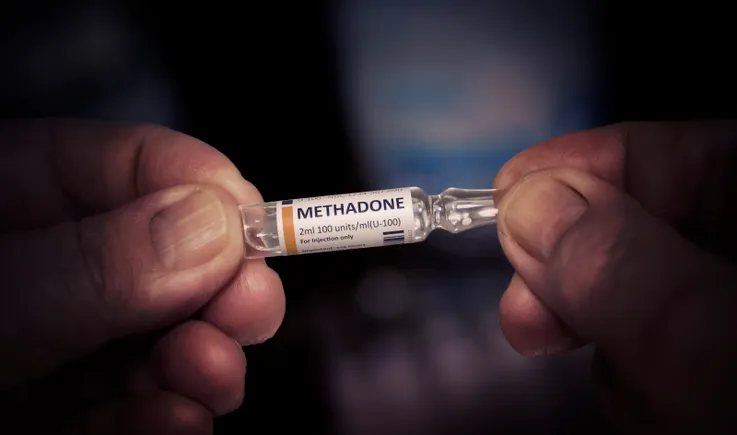About 9% of U.S. workers in their early 30s use alcohol, marijuana or hard drugs while at work, according to a July 8 report from researchers at The Ohio State University.
The risk for substance use was highest among workers in food preparation, service and safety-sensitive occupations, including construction and transportation. Based on previous studies about employee substance use and workplace strategies, the researchers suggested comprehensive policies and supportive interventions to help workers.
“Especially for those working in blue-collar or heavy manual jobs, they often have limited access to support to address substance use,” Sehun Oh, an associate professor of social work at The Ohio State University, said in a news release. “It’s easy to blame someone for using substances, but we want to pay attention to understanding their working conditions and barriers at the workplace.”
Published in the American Journal of Industrial Medicine, the study included more than 5,000 employees who participated in the National Longitudinal Survey of Youth 1997, which included people between ages 12-17 in 1997 and followed them through 2022. The surveys were conducted by Ohio State’s Center for Human Resource Research, and the study focused on survey data from 2015-2016.
Among the workers who reported substance use immediately before or during a work shift during the past month, 5.6% said they drank alcohol, 3.1% used marijuana and 0.8% took cocaine, opioids or other hard drugs.
Researchers found higher substance abuse risks among food-industry workers (for all types of substance abuse), higher alcohol use among white-collar workers (particularly when building business relationships or celebrating achievements) and higher alcohol and marijuana use in safety-sensitive occupations (such as construction, maintenance and transportation).
In a 2023 study, researchers found that comprehensive workplace substance use policies, including recovery-friendly options, were linked to a significant decrease in employee alcohol and drug use. In another 2023 study, Oh found that availability of workplace support services, such as counseling, led to lower rates of marijuana and other illicit drug use.
“Our research shows that those under adverse working conditions with many barriers to economic and well-being resources tend to use substances as a coping mechanism, whether that relates to an emotional toll or physical demands of not just working conditions, but their life circumstances,” Oh said. “There is a need for more structural support to address these huge implications for the health of workers and others, and to reduce the stigma associated with substance use.”
Drug test cheating rose more than six-fold in 2023, marking the highest rate in 30 years, according to a Quest Diagnostics report. Although drug test positivity decreased slightly for safety-sensitive workers, they also had a greater increase in cheating attempts, the analysis found.
Marijuana test positivity after a job accident also reached a 25-year high in 2022, according to another Quest Diagnostics report. The increase corresponds with the legalization of marijuana for recreational use in certain states, Quest said.






Leave a Reply